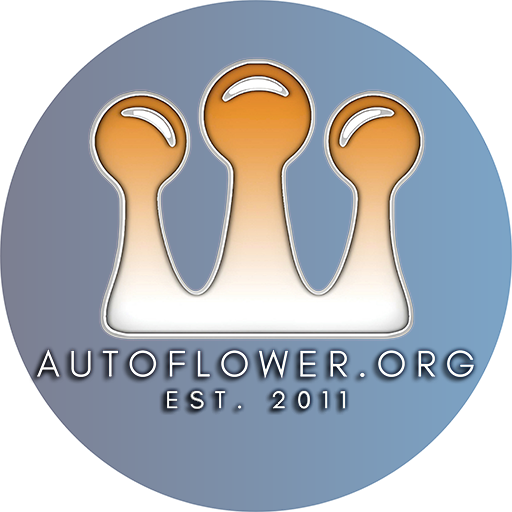We use all narrow band LEDs (with the exception of our XML-Series). While white and COB LEDs can provide good response and growing power in very young/immature plants, the most efficient, powerful way to fully grow plants is to tailor the spectral output of an LED grow light to the Absorption spectrum by use of narrow banded LEDs in a perfected balance. White LEDs by nature can be inefficient and wasteful when used as the primary source of light in an LED grow light. This inefficiency goes against the very core principle of the concept of LED grow lights which is producing 100% usable light by way of a perfected spectral output as it pertains to the rate of spectral absorption by green chlorophyll. Not only has scientific research shown this, but actual results of growers worldwide have proven this time and again. Not only this, but due to the very nature of how “white” LEDs are actually a phosphor coated blue LED, they will never reach the same intensity level as a quality narrow banded LED. When you filter light, you lessen it’s intensity. Since intensity spectral output are what actually grow plants, these are not only the most important factors in an LED grow light’s power, they’re the only factors with regards to growing power.
Our XML series is a combination of white XML leds and our 12-bands of 3w narrow band LEDs.


